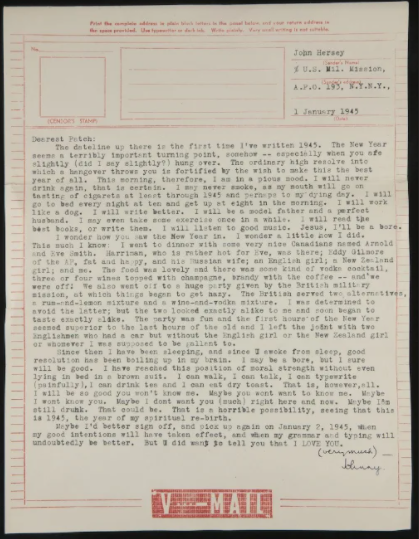
Letter from John Hersey to his Wife Frances Ann Cannon on January 1, 1945, Yale Archives
John Hersey's "Hiroshima"
An Atomic Reconstruction of Journalism
BACKGROUND
John Hersey was a man with an unusual upbringing. He was born in China in 1914 to missionary parents, returning to the United States when he was 11. He attended Hotchkiss School on a scholarship and later graduated from Yale and Cambridge (Dee).
“The scholarship boys cleaned classrooms, waited on tables, and were in one sense in a separate social class. But that seemed to me to be perfectly normal; in fact, in ways I saw it as an advantage. Waiting on tables, you were at the nerve center of gossip and understanding—you knew everybody, what they were like, what they were about. I didn’t feel that the work was demeaning in the least.”
~ John Hersey, "The Art of Fiction no.92"
From there, he worked under Sinclair Lewis as a secretary. A short while later, he became a reporter under Time-Life Magazine (Lemann)
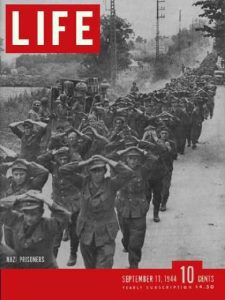
September 1944 Issue of Time Life Magazine, Time Life
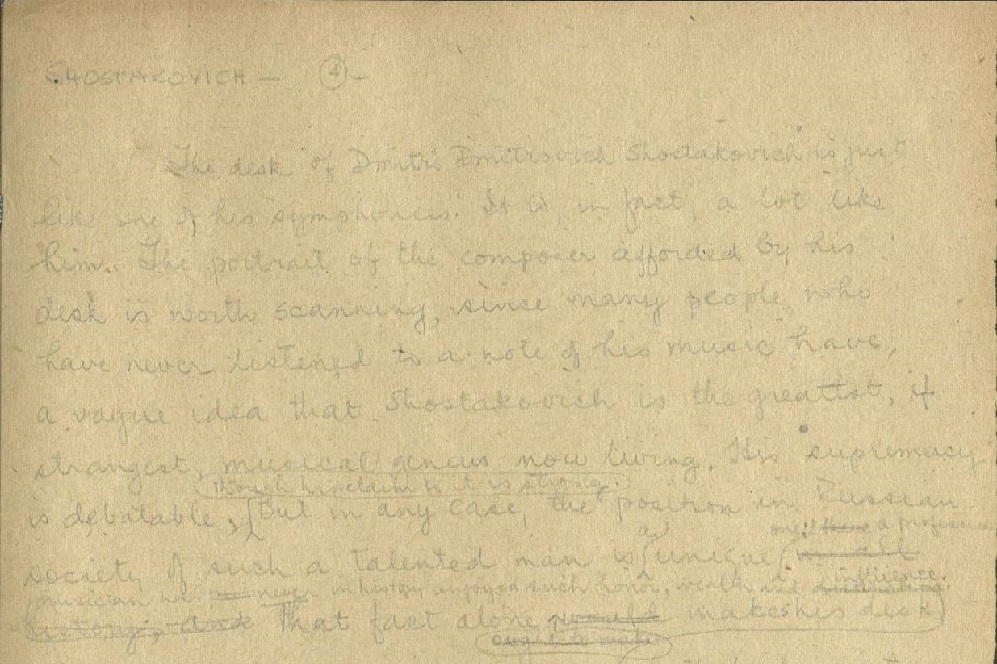
Early draft of one of Hersey's Time Life Reviews, Yale Archives
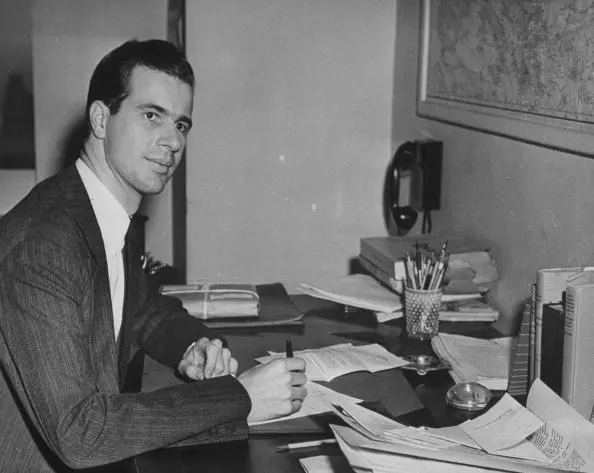
John Hersey in his office at Time Life, Getty Images/The Bulletin of the Atomic Scientists
While there, he wrote many different articles that demonstrate his distinct writing style.
“For a time the column wound through the thick jungle, then emerged on a grassy plain edged by a kind of Great Wall of steep, bare ridges.”
~ John Hersey, Into the Valley
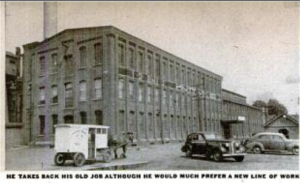
Image from John Hersey's Article "Joe is Home Now", Getty Images
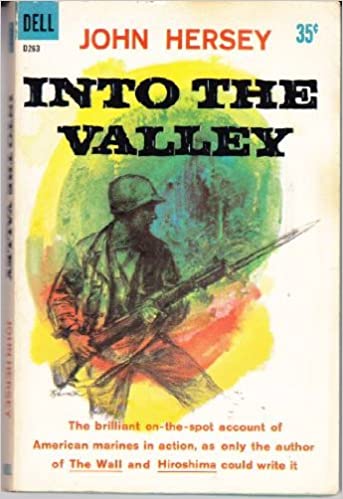
1959 Novel Cover of "Into the Valley", Daniel Schwartz

1988 Cover of "A Bell for Adano", Vintage Books
At age 30 he won a Pulitzer Prize for his novel "A Bell for Adano". This novel was eventually adapted into a Hollywood movie and Broadway play (Lemman).
“After all the poverty which had shouted and begged in the streets, this room was stiflingly rich. The furniture was of a heavy black Italian style which seemed to be bursting with some kind of creatures half man and half fruit. The curtains were of rich brocade, and the walls were lined with a silken stuff.”
~ John Hersey, A Bell for Adano
Hersey always considered himself a novelist before he was a writer. Perhaps that is the reason why his journalism works felt more comparable to a miniature novel than a magazine article.

Letter from John Hersey to his Wife Frances Ann Cannon on January 1, 1945, Yale Archives
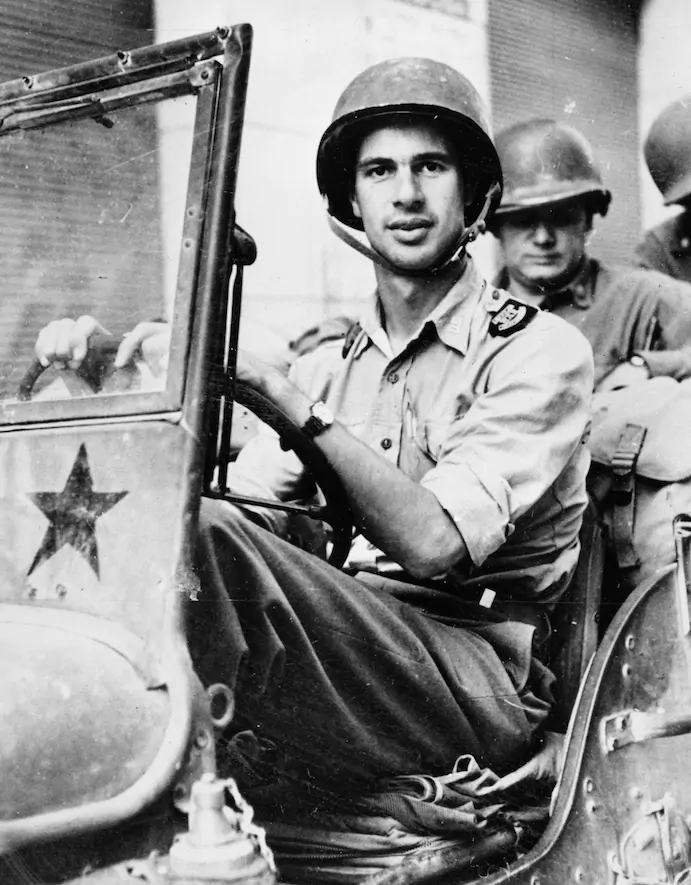
"War Correspondent John Hersey" , AP Photos/Washington Post
Much of Hersey's time as a journalist revolved around him being a WW2 war correspondent (“John Hersey”). By May 1945 nearly all of the Axis powers had surrendered. Nearly all, that is, except Japan (Bamford).
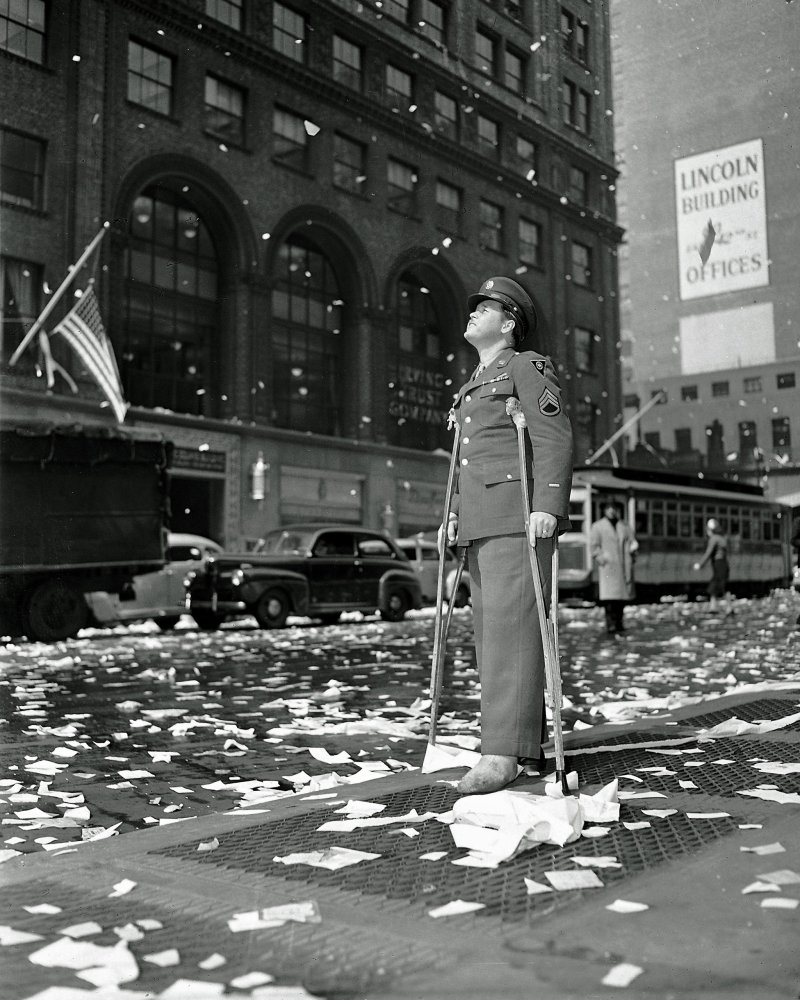
Staff Sgt. Arthur Moore of Buffalo, N.Y. in New York after Germany's Surrender, TIME/AP Photos
On August 6, 1945, Enola Gay dropped an atomic bomb on the Japanese city of Hiroshima, killing over 80,000 people on impact. Many more died after (Bamford).
However, most of this wreckage was not seen by the American public (Davies). At least, not yet. Hersey would soon use his distinctive writing style to expose the damage, changing journalism forever in the process.